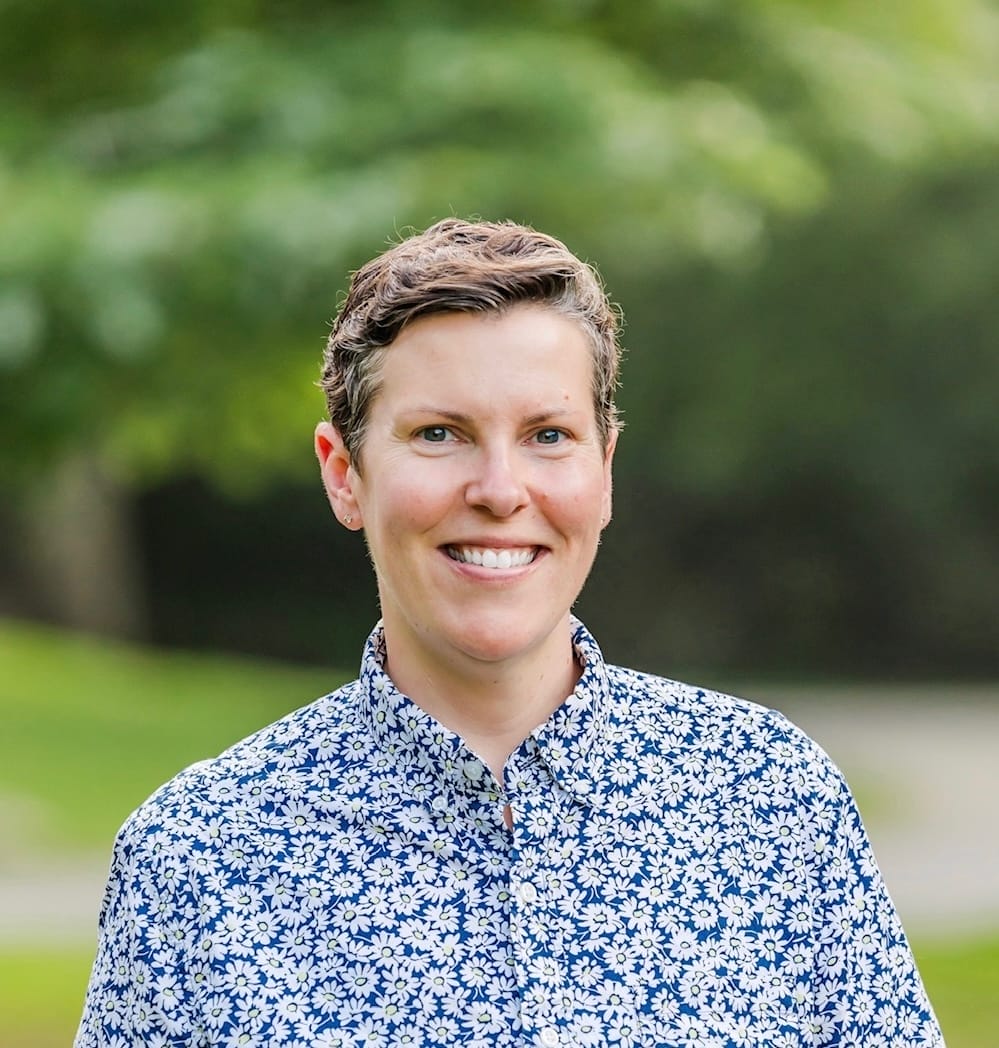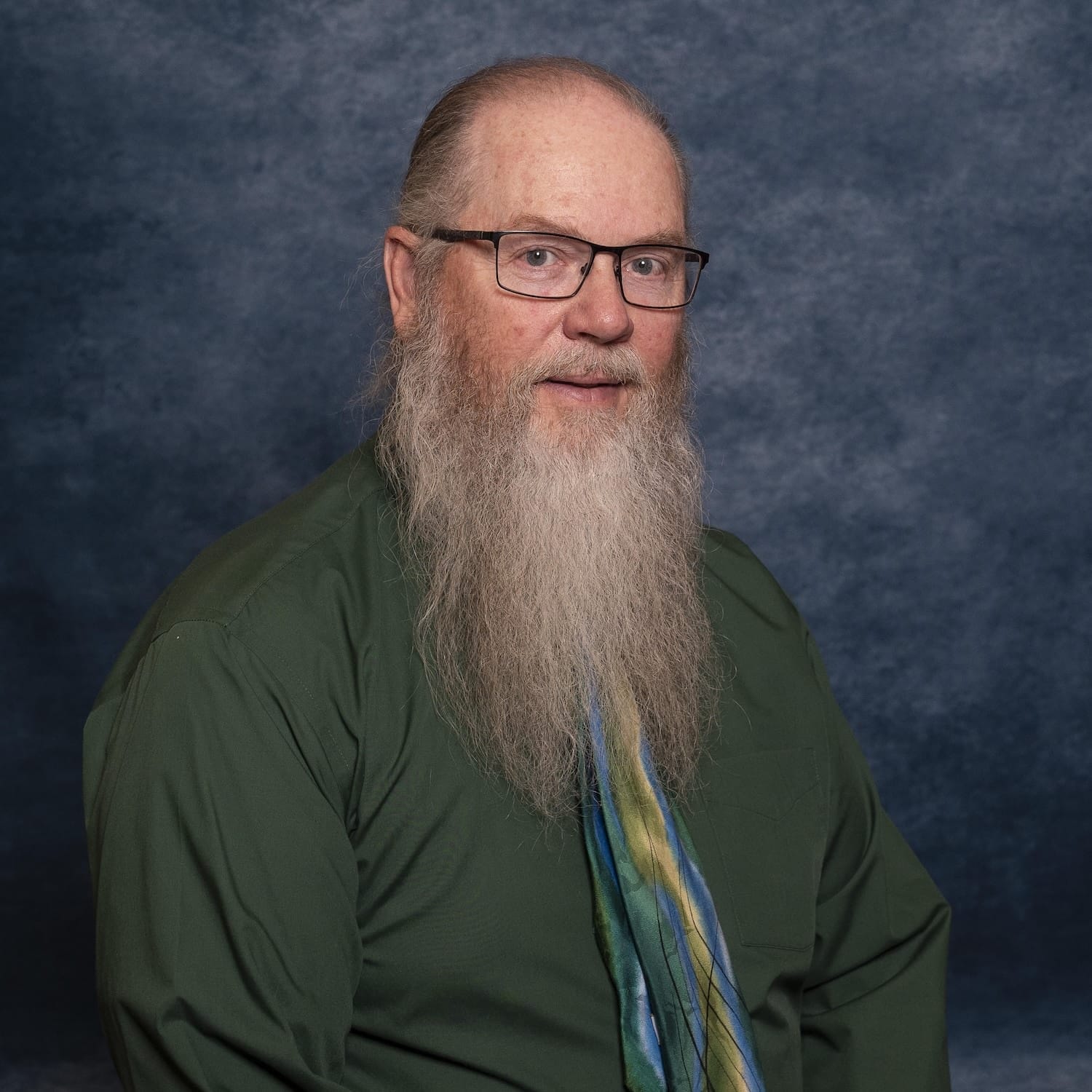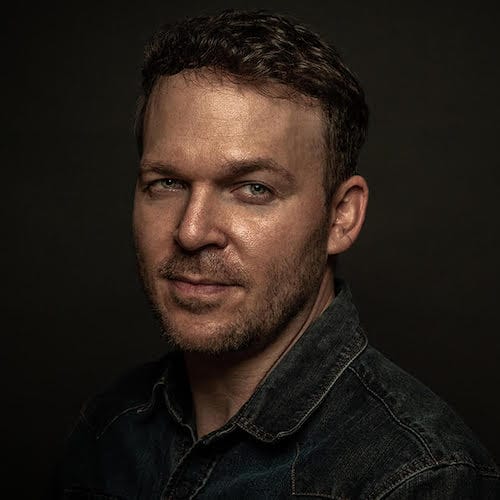Today is a rare day. It doesn’t happen very often, but when it does, I tend to pay close attention to it. I had a sermon all prepared for today. But a memory came to me, and the more I thought about it, the more it seemed right to talk about it.
On 9/24/18 I took a day trip to Rocky Mountain National Park. Beautiful. I hiked, immersed myself in nature, and at about 9:15pm I said to myself as I was driving on Hwy 36, “I’m almost home.” The next thing I know, I wake up in an ambulance, talking to paramedics.
After tests they said I had a seizure. “I don’t have seizures,” I said, “I’ve never had seizures.” You have a lesion on your brain – we think that’s causing you to have seizures. “I don’t have seizures.” My beloved Jeep, with about 397,000 miles on it – I planned a party to celebrate when it turned over to 400,000 miles – was totaled, and because of the seizures I didn’t have, I was not allowed to drive. My world got very small.
How grateful I was that I lived in walking distance to Central Presbyterian Church, to Kaiser Hospital, and to my art studio in RINO. How grateful I was that I only grazed the barrier on Highway 36, and did not hit another car or another car hit me. How grateful I was that I didn’t have another seizure – I was on anti-seizure medicine – until I did. With the choir practicing – they all saw me just stop, go blank if you will, and after a minute or two, I was back. I was me.
But I had no memory that I went blank. I still wasn’t convinced, until one day in the office. I was writing a thank you card to Louise for her kindness to me in all of this, and I felt I wasn’t saying it well, so I set it off to the side. Later that day I opened the card again, and I saw my seizure. My first three lines were – of course – eloquent and finely scripted. My next three lines were large, bloated, and I thanked Louise for “the bubbles in my stomach”? I didn’t, couldn’t have seizures. Now, I knew I did. Who was I? Who was I if I couldn’t be a Jeep guy, couldn’t even drive, couldn’t rely on my consciousness being there reliably. Okay, you may still feel that way about me, but it was the first time I had to grapple with it. Who was I?
I realized my life would forever be small if I continued to have seizures. The only option was to have that lesion removed. That meant opening up my skull, get that lesion out of there, and put my skull back together. I began to doubt my choice when I had to sign about 100 pages worth of you won’t sue us if you die, have all these side-effects, or give birth to an alien child, etc. I asked them, while they were in there, to take out the bad childhood traumas so I won’t have to deal with them anymore. But my deepest fear? I wondered would I come out of surgery as me, as Tim? Or will I lose who I am?
Here’s my memory. 6 years ago, yesterday, I had brain surgery.
I woke up. There I was. I was grateful. I felt like me. After a day or two I went home, where my sister and her husband were there to keep an eye on me. I picked up my guitar. I remembered my songs, I could play my songs. A week later I went to my art studio. I could paint. I was so grateful. I was me. But that whole experience showed me that I was more than me. I simply was.
I’ve been fascinated with the idea that we are created in the image of God, and what that might mean for us. In Genesis we learn God is a creator, so that means we are, too. We are creative, all of us, in unique individual ways. But there is more, or should I say, we are something prior to being creative, and “something” is not the right word, either. When I woke up from brain surgery, I found myself as Tim. But Tim was shaped by growing up in my family, in my evangelical church, and how all of that shaped my experiences, shaped my sense of self. These two words, “I am…” are almost always followed by adjectives or nouns.
I am a Mooney. I am an artist. I am an architect. I am a business woman. I am a pastor, I am a professional athlete. I am sad, I am high-wired, I am depressed, I am passive/aggressive, I am full of myself. This is how we define ourself. Or – once we become conscious of it – this is how we discover we have been defined and shaped by family, church, culture, work, life. This is our small self, the ego self.
Yes, we are created in the image of God. But God is more than Creator. We find this God-who-is-more, in the story of Moses and the burning bush. Tending his sheep, Moses encounters a burning bush that is not consumed. Moses turns to look and finds himself in an encounter with the holy. God calls out, “Moses, Moses” and he answers, “Here I am.” God says, “Take off your shoes, because you are on holy ground.”
Moses asks for God’s name, but he doesn’t get a name, he gets a riddle, he gets a Zen Koan, a conundrum. God says, “I am. I am that I am. I am who I am.” What? What kind of God is that? God’s response to Moses is simply “I am.” I am consciousness itself, existence itself, life itself.
Created in the image of God, we are “I am” too. We exist. We can respond like Moses did, “Here I am,” emphasizing the “here,” the place that I am, or emphasizing our intention, I am listening. But saying it this way, “Here, I Am,” the emphasis is on our existence, our presence, the awareness of being a conscious being ourself, without being defined by roles or titles, or adjectives and nouns.
The theologian Paul Tillich said God is not a separate being, or even a supreme being, God is the Ground of Being (capital B) – God is the source of all being (small b). God draws us to being. The Apostle Paul put it this way, God is “the one in whom we live, move, and have our being.” If God is the “Ground of Being” then we – created in God’s image – are a grain of sand being. If God is the great I am, we are a simple I am. We are. And that alone, is enough.
This may seem esoteric, but what I’m getting at is hard to say straight. The last few days I’ve read through my 2018-2019 journal, from when I had the accident all the way through to having brain surgery. When I had my accident, when I could not drive for 8 months, when I went through different medicines, had a hematoma, suffered through sharp headaches, when I kept having seizures, when I went through brain surgery and recovery, when I went through one of the most difficult stretches of my life, you – Central Presbyterian Church – cared for me, encouraged me, fed me, drove me places, loved me.
And from my perspective, you saw me as an “I am” without adding, your parish associate, your good friend, your leader of faith formation, your Theology on Tap leader. I felt valued as a fellow “I am.” And I continue to watch you be this way, whether you’ve known each other for decades, or you just met this morning.
Jesus saw others as an “I am.” Everything we add after that “I am” defines us, makes distinctions, which enable us to like or dislike, approve or disapprove of, to feel good about or feel bad about, to care for or judge. That kind of thinking separates us, it’s duality thinking. But seeing each other as “I am,” “you are,” is non-dualistic. It’s what Jesus points to when he says, “love your neighbor as yourself.” Not as much as you love yourself, but you love your neighbor as if they are you. This is what it means to be created in the image of God.
Most sermons are meant to encourage a deeper faith, more compassion for others, greater service, for perseverance in trials. There is always something you can do a little better. But this sermon as a big “Thank you.” For who you are. For seeing me, and each other, as a fellow “I am.”
Amen.





